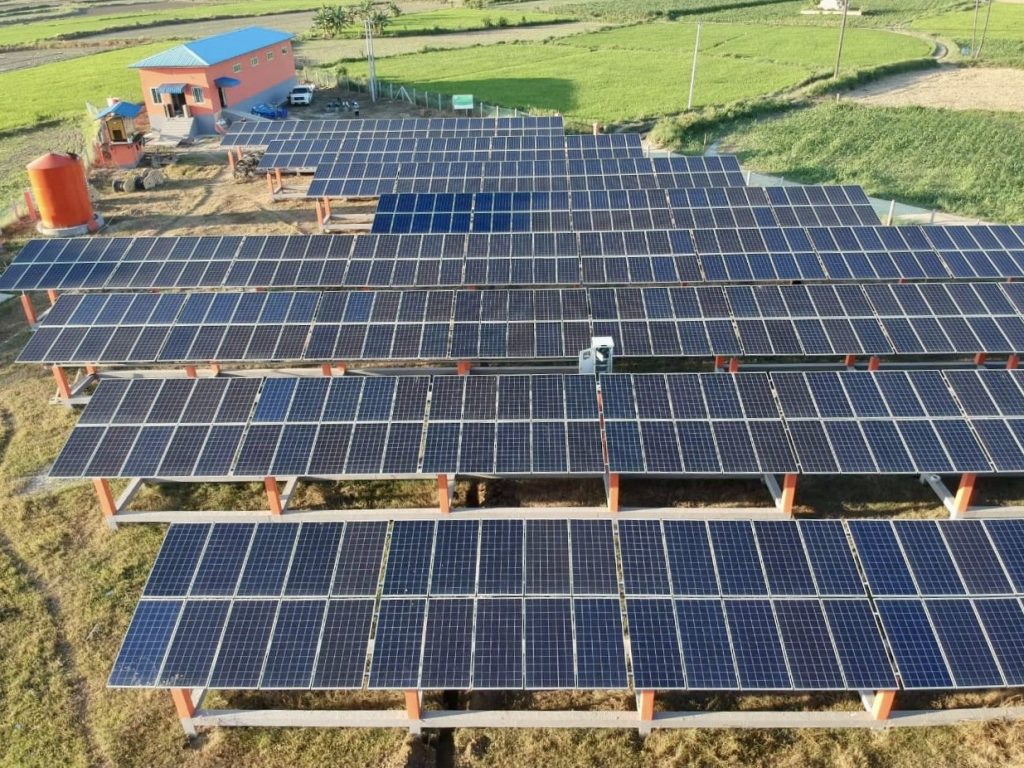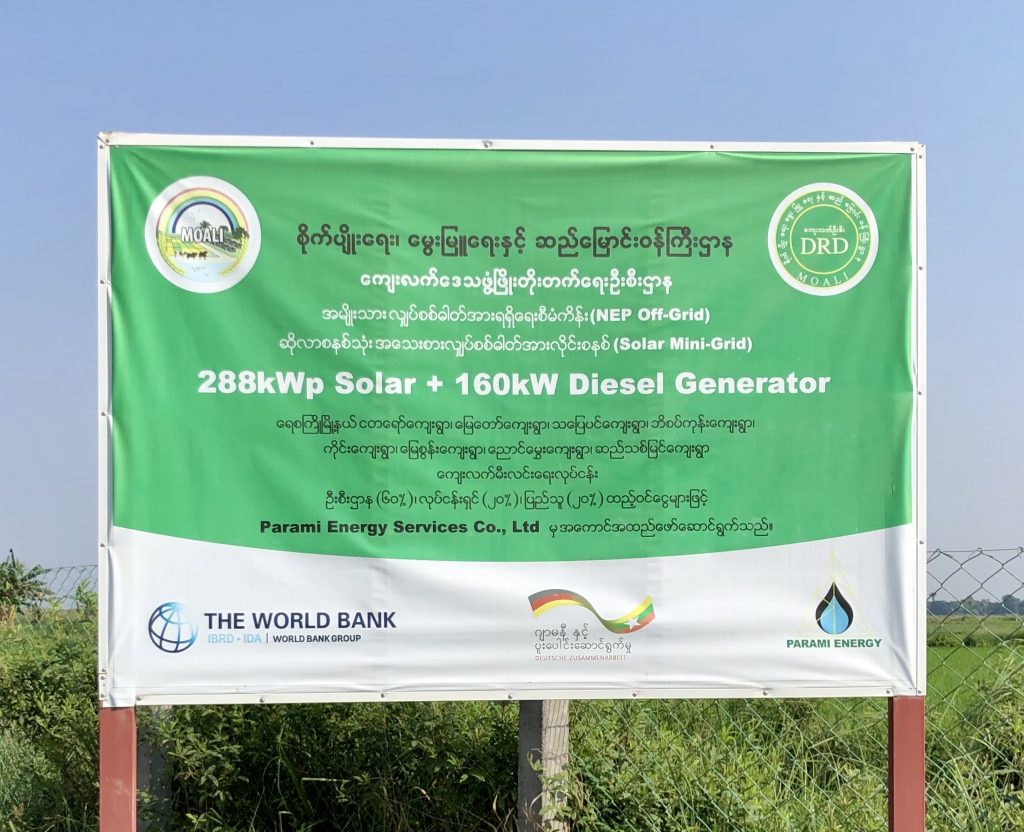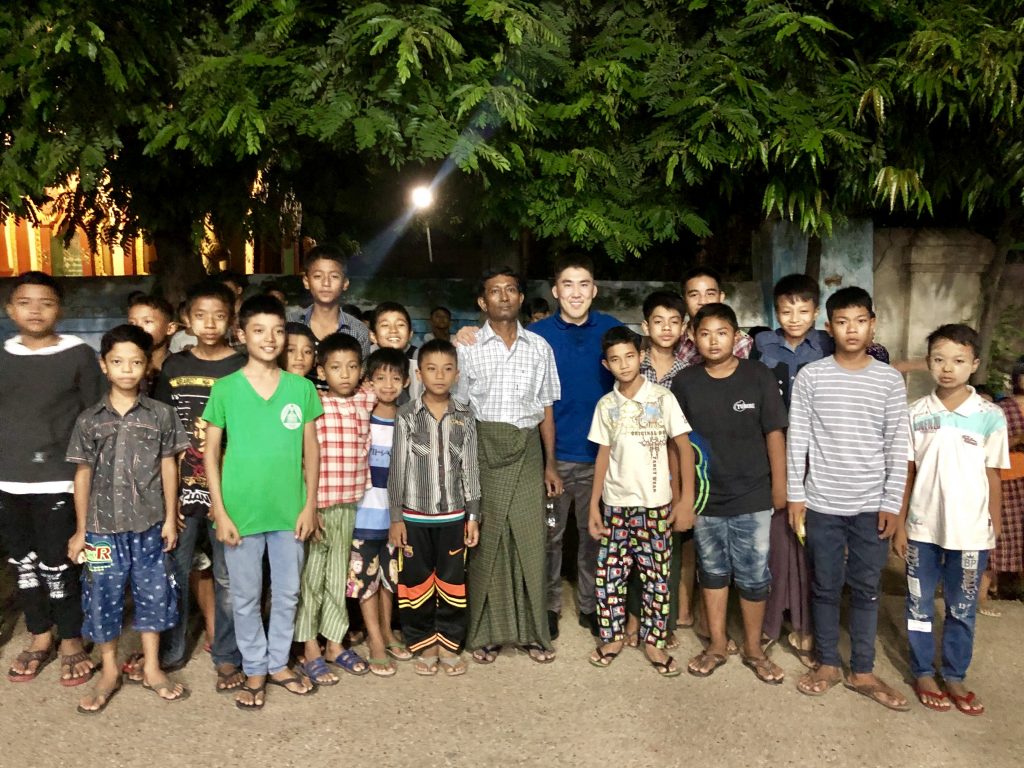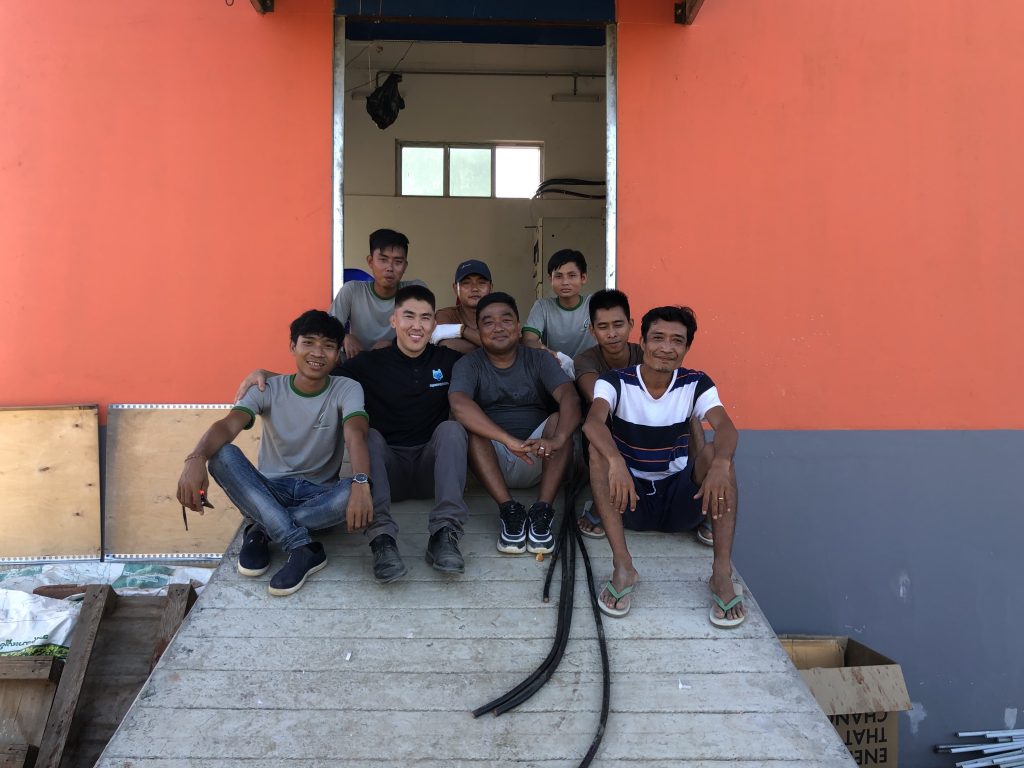
Parami Energy connected 1,442 households to the newly-launched mini-grid mid-December with plans to expand the coverage to more than 4,000 households Magway’s Yesagyo.
The first phase of the solar mini-grid has a 288-kilowatt peak capacity and involves US$1.6 million of investment in total. The renewable off-grid system received 60 percent of capital cost funding from the World Bank through the agriculture ministry’s Department of Rural Development, while Parami funded 20% with the rest covered by the villagers.

The next two phases will be commissioned through 2020 and 2021. Altogether, the scheme will connect 4,097 households on the Yesagyo island to electricity for the first time. The mini-grid employs solar photovoltaic technology with diesel generator as back-up.
“Parami Energy intends to be a key private sector player in driving the implementation of renewable mini-grid solutions in support of the government’s ambitious goal of achieving universal electrification by 2030,” said Anton Safronov, Chief Operating Officer and Managing Director of Parami Energy.
Parami Energy signed a tripartite agreement with the agriculture ministry’s Department of Rural Development and the Village Electrification Committee to develop the project last August. French energy giant EDF originally signed an MOU with Parami and Magway regional government in 2016 to explore the project’s feasibility but it subsequently pulled out.
Less than 50% of Myanmar’s population has access to electricity and electrification is among the top priorities of Daw Aung San Suu Kyi’s government. Her energy ministry has committed to achieving complete electrification by 2030.
However, power generation continues to fall behind as demand for electricity is growing at a rate up to 17% annually, with the energy ministry rushing through five emergency power tenders this year. The World Bank has estimated the need of US$2 billion of investments each year by 2030 to eliminate the deficit.

For rural communities like Yesagyo, situated in the eastern tip of Magwe and bounded by Chindwin and Irrawaddy river, connections to the centralized national grid could be costly and take many years.
“Instead of investing in grid extension to cover certain off-grid communities, it is more economically and logistically feasible from a budget allocation perspective to implement decentralized mini-grid solutions such as what we have recently commissioned in Nga Ta Yaw village on Yesagyo Island,” Mr Safronov said.
Under the increased electricity tariffs since July, solar power has become more attractive because of their cost competitiveness and advantage of being deployed in a more time-efficient manner than other renewable energy sources.
The International Finance Corporation study released last month shows that Myanmar has more than 700 megawatts worth of potential commercial and industrial solar projects, that is around 10% of the country’s existing power generating capacity.
A Roland Berger market analysis published in May also concluded that renewable energy mini-grids have the potential of serving approximately 2 million households by 2030, with more than 16,000 mini-grids covering 9.4 million people. This corresponds to 42% of the estimated off-grid population by the end of the coming decade.

Sources: Myanmar Times
